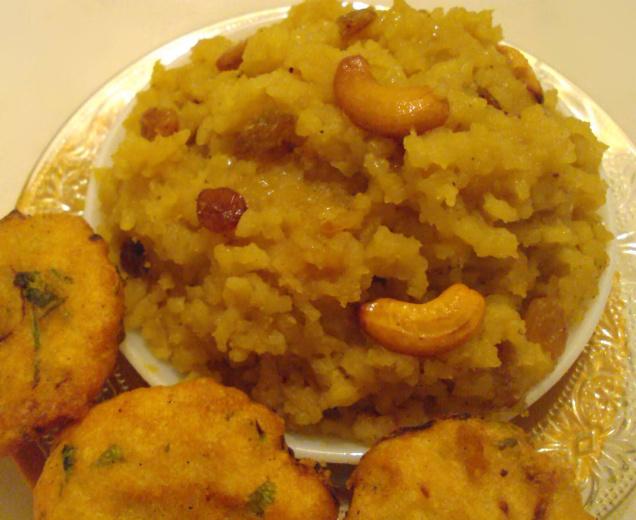 YUMMY TUMMY Try homemade goodies for Sankranti
YUMMY TUMMY Try homemade goodies for Sankranti
Celebrate the first festival of this year with traditional treats
The wind is making way for the kites to soar high in the city. As kite makers and kite flyers get busy with their patang, manja and chakhri in the open, there is something traditional cooking even in the most modern kitchens. With the city boasting of residents from all regions, every household will have some special festival dish. Though most Telugus from the districts are headed to their home towns, resident Hyderabadis also enjoy varied festival flavours in their own traditional way.
Each festival is marked by at least one special dish, which may differ from one household to another, depending on the taste and preference of the family and the customs followed. But you can be sure that every home will have something made of either rice or millet, and jaggery to celebrate the harvest season.
Pournima Surve, a media consultant, waits for Sankranti to relish the bajari rotiand mixed vegetable curry. “Bajari is millet and the combo with the sabji differs with every household. The mix vegetable sabji at home has vegetables like carrot, drumstick, papdi and tomato,” explains Pournima.
On the first day of Sankranti, called Bhogi, til and gud (jaggery) is used, so gud-poli is what everyone looks forward to. In a narrow lane in Shah-ali-banda while the kids are flying kites the women are busy making a gud-pol or the puran poli. “The polis are soft as cotton and served with a generous drip of ghee, with a tangy mango pickle to go with it,” says Meenal Vyas, a research scholar. She has timed her visit from US to ensure she celebrates Sankranti with the family in their ancestral home.
Prateek Shah, a Gujarati and a consultant cum trainer says, their family is all forghar mein banaya khana, “Bajre Ki Khichdi. Actually undhhiyu (mix vegetable) is more famous as well as puri kadhi.”
If you happen to visit a city-based Bihari’s home during Sankranti, you can expect Chura, Gur laddoo, sweets made of til such as Tilkut, Tilwa, Maska, etc. “It is convenient to make these anywhere as the ingredients are easily available,” says homemaker Dipti Verma.
Sankranti is also the best time to visit a Tamilian household and eat the variety they cook — Pongal with new harvest rice, kozhambu and the seven curry kootuare not to be missed.
A typical Assamese household in the city misses kath-alu. “Breakfast consists ofkoni-pitha (fried dumplings made of rice flour and eggs), kath alu fry and the traditional pithas made from sticky rice and til and jaggery. It is absolutely difficult to find the ingredients here, so the best option is to get some couriered,” says Dr David Bordoloi.
Those who miss their families and crave for festive food will receive a warm welcome in most native Telugu homes. Want to know what really cooks in a traditional Telugu household? Traditional Pongali, a sweet rice and jaggery, and Gummadikaya koora (pumpkin curry) are a must. The feast is usually elaborate. “We will have Ravva Ladoo, Bellam Pulusu, Pulihora, Avadalu(Andhra version of dahi vada), Garelu and Gutti Vankaya koora for lunch. We cook the new rice of the year for the first time on this day, and offer it asnaivedyam (offering to God),” says Nalini Vidmahe, a retired government official.
However, to make life and celebrations easier shops are also making a special Sankranti sweet box which comes with a baby kite and a kite wheel. So come Sankranti, the city will be abuzz with fun, frolic, films and festive food.
source: http://www.TheHindu.com / Life&Style> Food / by Prabalika M. Borah / January 12th, 2012